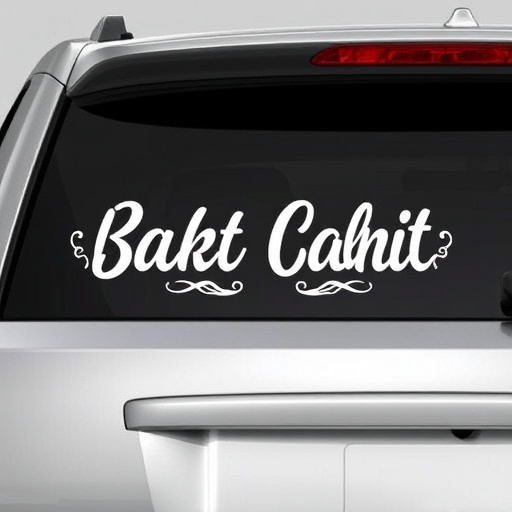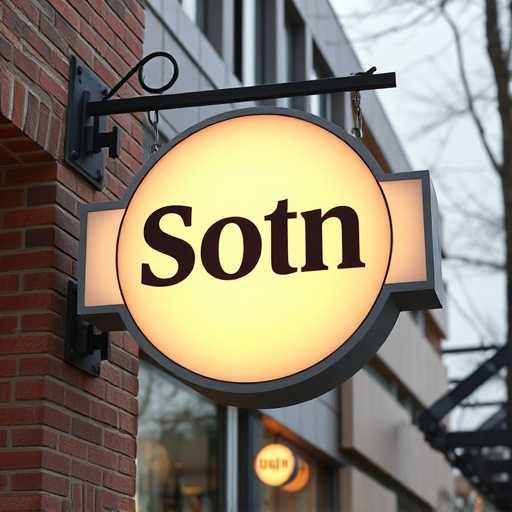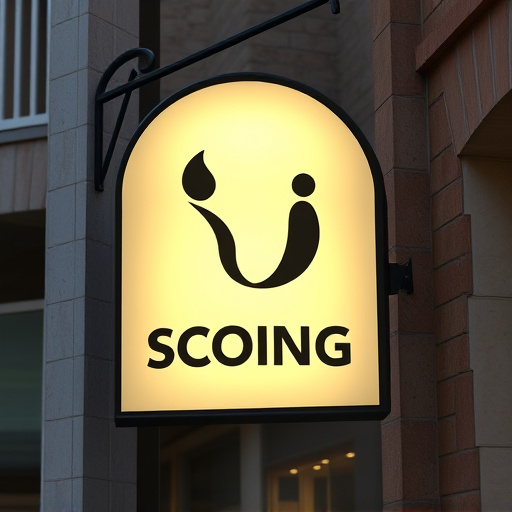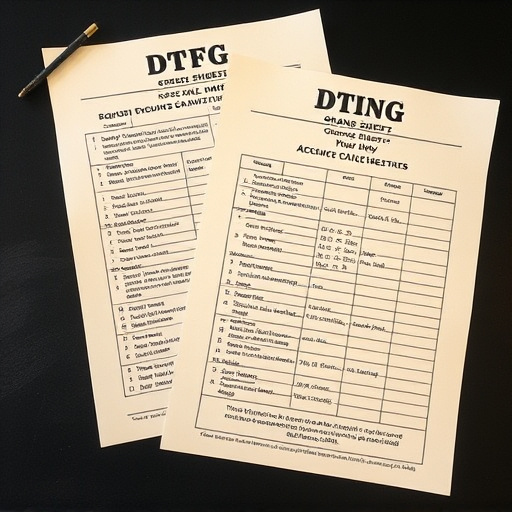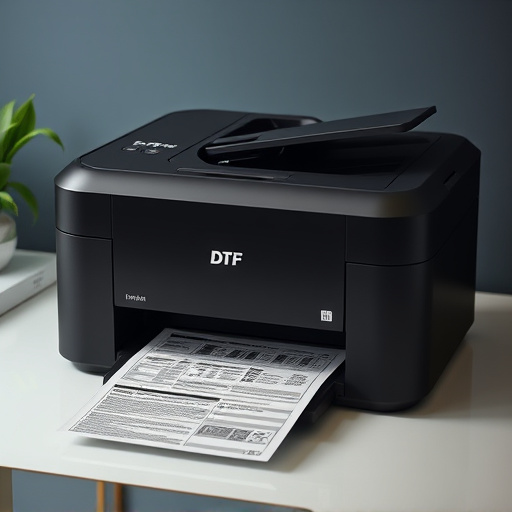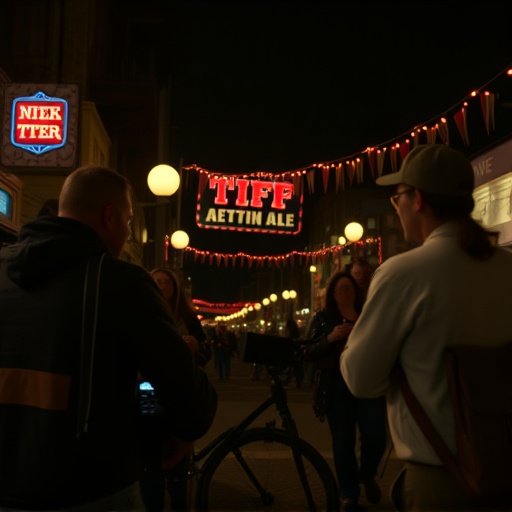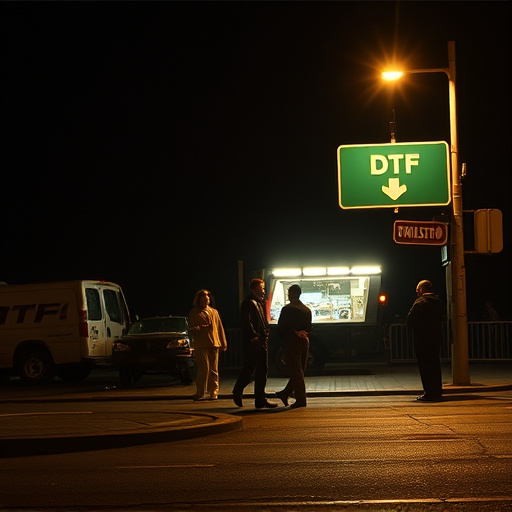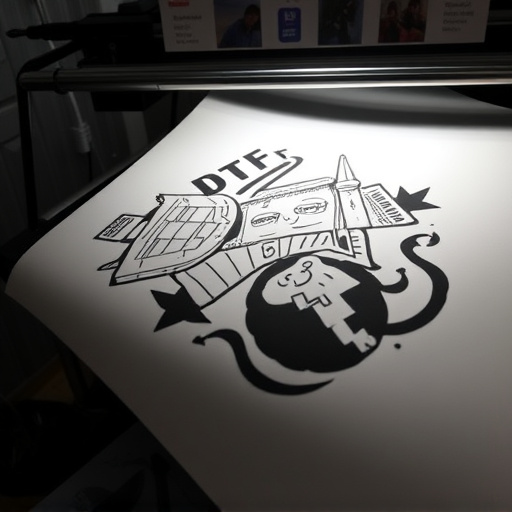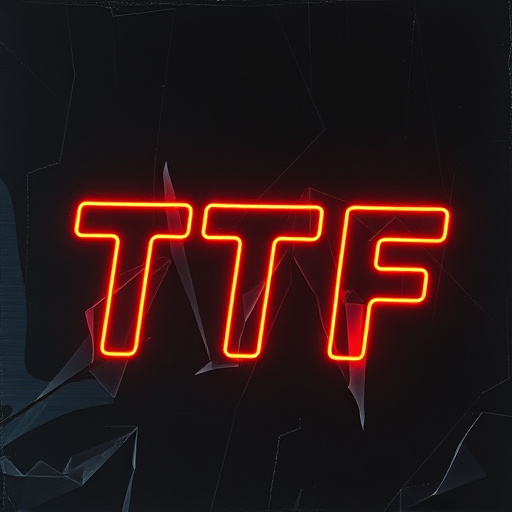Commercial DTF Printing is a game-changer in today's dynamic market, offering unparalleled flexibility and customization for printing on fabrics. This technology enables rapid production of small batches or single items with intricate designs, benefiting fashion retailers, boutique businesses, and event organizers. By leveraging DTF printing for light fabrics and custom sheets for heat pressing, brands can stay ahead in a competitive market by delivering exactly what customers desire: unique, trendy products produced swiftly and efficiently.
In today’s dynamic market, businesses are increasingly seeking efficient customization in print, marking a significant shift from traditional methods. This evolution is driving the adoption of Commercial DTF (Direct to Fabric) Printing, a game-changer that offers unparalleled scalability and versatility. Unlike conventional techniques limited by batch sizes and material choices, DTF printing enables businesses to handle large orders while maintaining design flexibility on diverse surfaces. By embracing this technology, companies can achieve significant cost savings and faster production times, gaining a competitive edge in the market.
- The Evolving Need for Efficient Customization in Print
- – Discuss the shift from traditional printing methods to more flexible and dynamic solutions.
- – Highlight the advantage of DTF (Direct to Fabric) printing in accommodating custom designs and small batch production.
The Evolving Need for Efficient Customization in Print
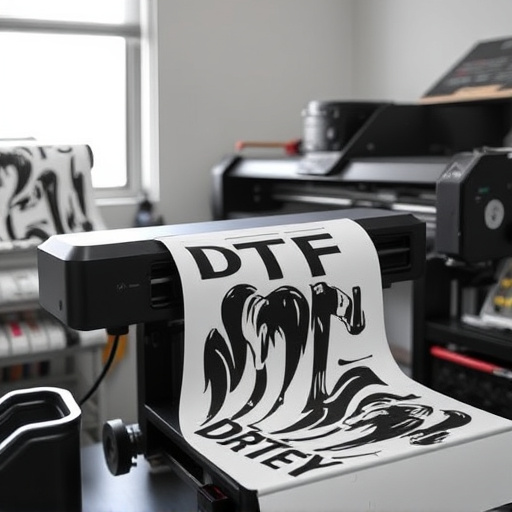
In today’s dynamic market, businesses are no longer satisfied with mass-produced, one-size-fits-all marketing materials. The evolving consumer landscape demands a level of customization and personalization that traditional printing methods struggle to match. This shift towards efficient customization in print is driving the adoption of commercial DTF (Direct to Fabric) Printing. By enabling DTF printing for light fabrics and facilitating the creation of custom sheets for heat pressing designs onto garments, this technology allows businesses to quickly adapt to changing trends and consumer preferences.
Unlike conventional printing processes, dtf prints offer unparalleled flexibility, allowing brands to produce small batches or even single items with intricate, detailed designs. This is particularly advantageous for fashion retailers, boutique businesses, and event organizers who seek to create unique, on-trend products that resonate with their target audiences. As a result, commercial DTF Printing is not just a trend; it’s a game-changer that empowers businesses to stay ahead in an increasingly competitive market by delivering exactly what their customers want, when they want it.
– Discuss the shift from traditional printing methods to more flexible and dynamic solutions.
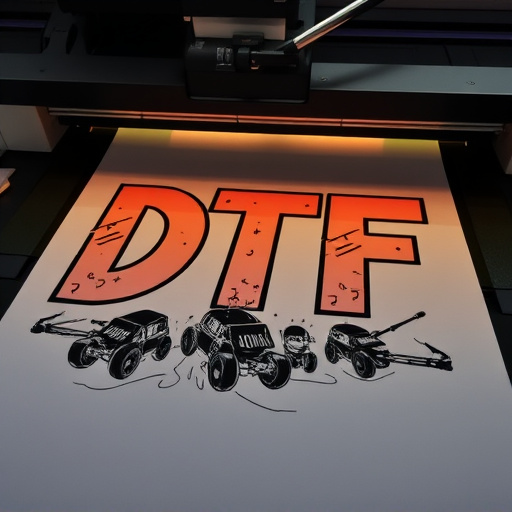
In today’s dynamic business landscape, companies are increasingly shifting away from traditional printing methods in favor of more flexible and dynamic solutions like Commercial DTF Printing. This shift is driven by the need for faster production times, higher quality outputs, and the ability to easily customize designs on a variety of products, particularly t-shirts and other apparel items. Traditional printing techniques often involve complex processes and limited versatility, making it challenging to adapt to changing market trends or accommodate unique customer requests.
By adopting Commercial DTF Printing, businesses can streamline their production workflows and offer their clients a broader range of options. DTF transfers, which are applied using a heat press, allow for intricate designs and vibrant colors on different fabric types. This level of customization has become increasingly important as businesses aim to stand out in a competitive market. Moreover, the efficiency gains from Digital Transfer Printing (DTF) enable companies to promptly respond to demand fluctuations, ensuring they can meet customer expectations while maintaining cost-effectiveness.
– Highlight the advantage of DTF (Direct to Fabric) printing in accommodating custom designs and small batch production.
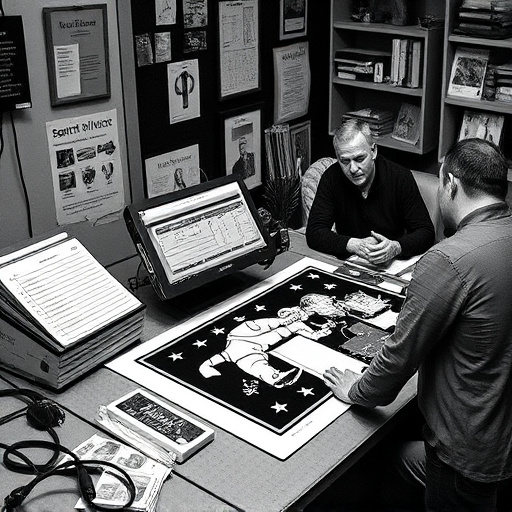
Direct to Fabric (DTF) printing offers a game-changing approach for businesses aiming to create unique and personalized products. One of its key advantages lies in its ability to effortlessly accommodate custom designs, making it an ideal solution for small batch production runs. Unlike traditional methods that may struggle with intricate or detailed artwork, DTF printers can reproduce complex images and patterns directly onto various fabric types with exceptional precision. This feature allows businesses to cater to individual customer preferences, offering a wide range of customized garments without the constraints often associated with mass production.
Additionally, the process enables efficient production of custom sheets for heat pressing designs onto garments, providing a flexible manufacturing solution. Businesses can swiftly adapt to changing market demands by producing small batches of unique items, ensuring they stay ahead of trends and customer expectations. With its versatility and effectiveness, Commercial DTF Printing has become a preferred method for those seeking to create on-demand, personalized apparel and accessories.
As businesses seek to differentiate themselves through unique, customized products, Commercial DTF Printing emerges as a game-changer. This innovative technology allows for efficient and dynamic customization, enabling small batch production without compromising on quality or design complexity. By adopting DTF printing, companies can swiftly respond to market demands, offer personalized experiences to customers, and maintain a competitive edge in today’s fast-paced business landscape.




